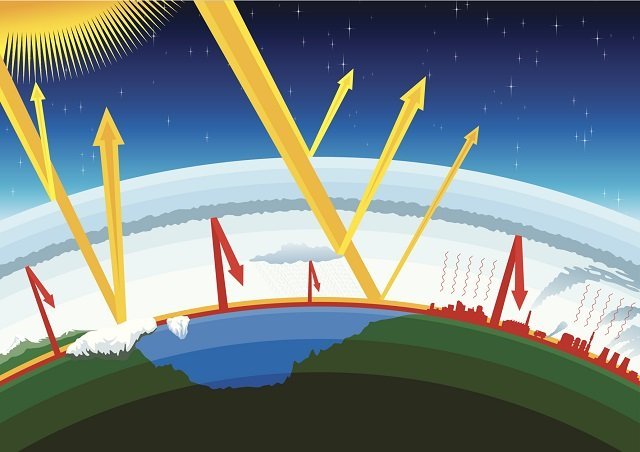Do you remember the story of the three little pigs? In that fairy tale, the pigs used straw, sticks and bricks when building their houses. And when that big, bad wolf came along, which house stood up to all his huffing and puffing? The one made of bricks, of course. That’s because the bricks were held together with a mixture of cement, sand and water called mortar. So cement must be pretty tough stuff, right? Well, not on its own. But mixed with other things, cement is REALLY useful.


A Concrete Example
If you mix cement
with gravel, sand, certain chemicals and water, you get concrete. And concrete
is used EVERYWHERE. It’s the world’s most commonly used human-made
material. Buildings, bridges, sidewalks, patios, foundations — they can all be
made from concrete.
Now that we know how important concrete is, and that you need cement to MAKE it, we need to learn a bit more about the creation of cement.
A Carbon Dioxide Dilemma
Cement is made by combining
materials like limestone and clay and then heating them up to SUPER hot
temperatures in a cement kiln (we’re talking over 1400 degrees Celsius!).
During this process, carbon dioxide (also known as CO2) is released.
And that’s a problem.

Because as you know, brilliant Earth Ranger, extra carbon dioxide in the atmosphere traps thermal energy, which causes the greenhouse effect and leads to global warming. That’s why we need to control how much CO2 is produced and released by manufacturing. Thankfully, some clever people at Ash Grove Cement have figured out they can capture the carbon dioxide before it enters our atmosphere.
Capturing Carbon Dioxide
Carbon dioxide can be captured when it’s released, but before it exits the chimney of the cement manufacturing plant. When it’s captured, there are two things that can be done with it: the carbon dioxide can be stored deep underground, or it can be used in the production of other products like plastics, concrete, biofuel, and even carbon nanotubes. The second option is obviously the best one — if we can reuse CO2 instead of just storing it somewhere, that’s best for everyone…and for the Earth!

Proudly Supported By



Wow what a cool article
Wow what a cool article I did not know cement was so bad
Wow! What an innovative idea
Really cool information!
Yes it is
I didn’t know how much it hurt the environment!
I did not know that!
Emma
That’s so cool to know
Hi
I didn’t know that that’s bad for animals